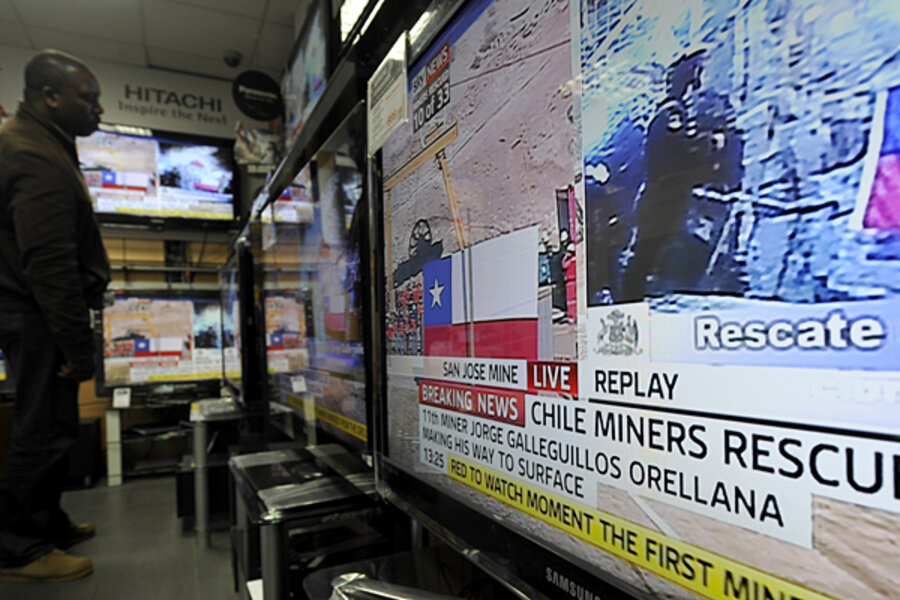The rescue of 33 Chilean miners in 2010 may be one of the greatest survival stories in recent history.
On Oct. 13, 2010, the last of the miners was lifted to safety. The group of mine workers was trapped when a tunnel collapsed in the San Jose gold and copper mine Aug. 5. For the first 17 days, rescue workers drilled repeatedly attempting to reach them, but failed seven times.
When they finally reached the miners and found all 33 were still alive, the world celebrated. Next came the difficult task of getting the men out.
For more than two weeks the miners survived on emergency food supplies they had with them at the time of the collapse, eating only spoonfuls of tuna fish and a few crackers every 48 hours. Rescue crews were eventually able to bore fist-sized holes and provide the men with food and medicine.
When it was announced it could take months for engineers to safely dig a rescue shaft and extract the men, an outpouring of support and assistance came from around the world. The National Aeronautics and Space Administration and the US State Department provided the Chilean government with advice on how to keep the men mentally healthy underground for such an extended amount of time. They encouraged the miners to develop a daily routine of work, exercise, recreation, and rest.
The men were also able to communicate with their families with written notes, and eventually verbal and video contact. The miners' families built a makeshift town outside the gates of the mine, and lived at "Camp Hope" throughout the ordeal to be closer to the men.
Finally, the rescue team completed a chute nearly 2,040 feet long and reached the miners' living space. The men were hauled out in a cage one by one. They recuperated at the local hospital and were reunited with their families.
Several books have been written about this event. "Hope Underground: The 33 Chilean Miners – A Story of Faith and Miracles" is by a local Chilean minister who bonded with the families of the miners and, later, the miners themselves. One of the miners insisted there were 34 in the mine, not 33 because, as he explained in the book, "God never abandoned" them.








